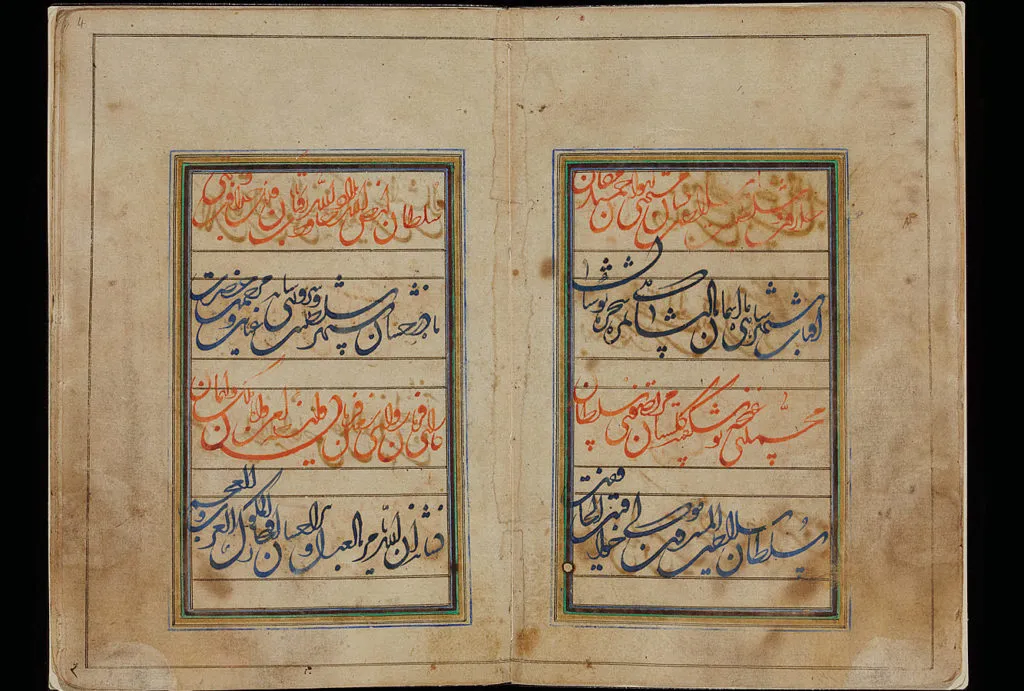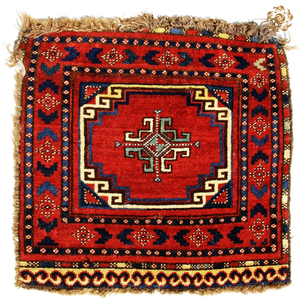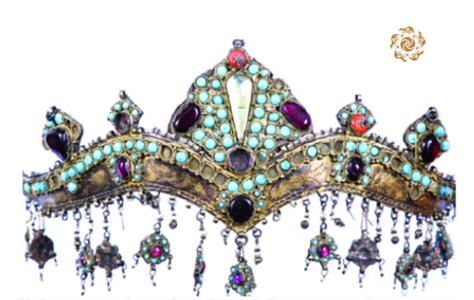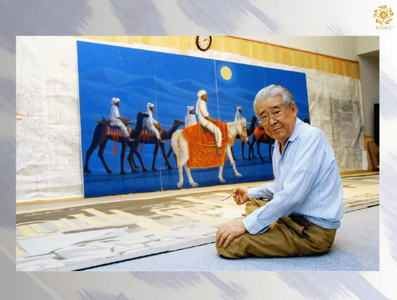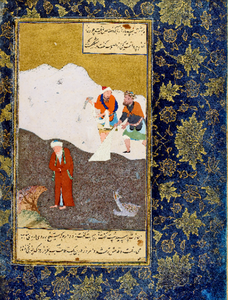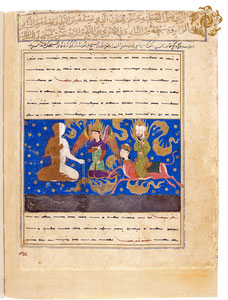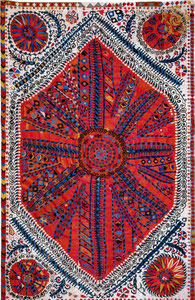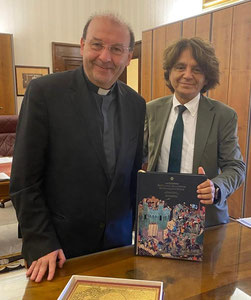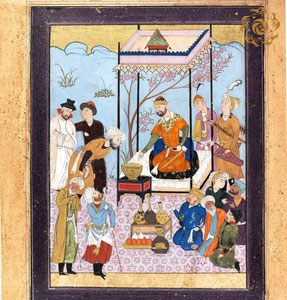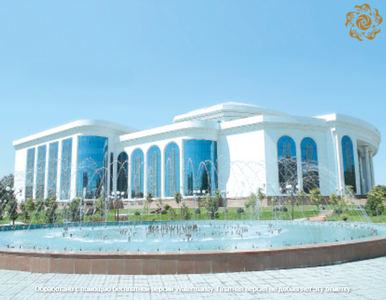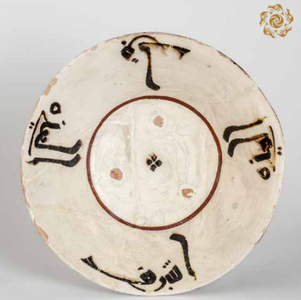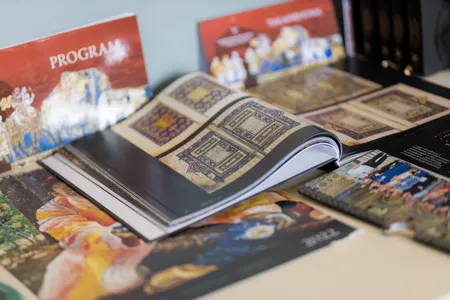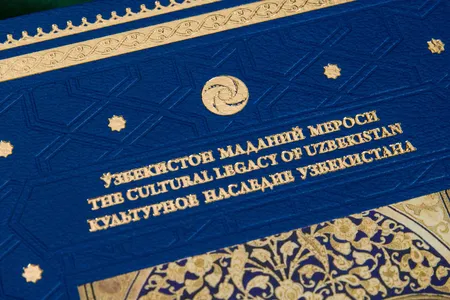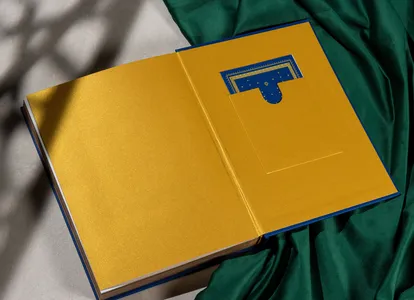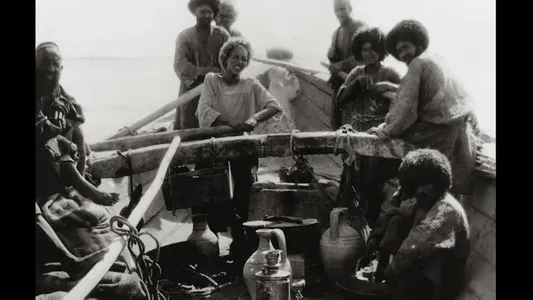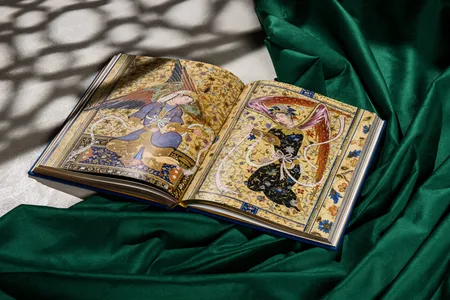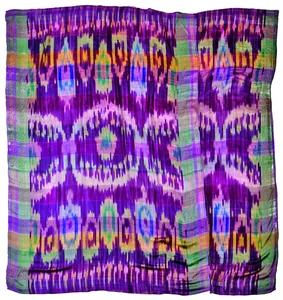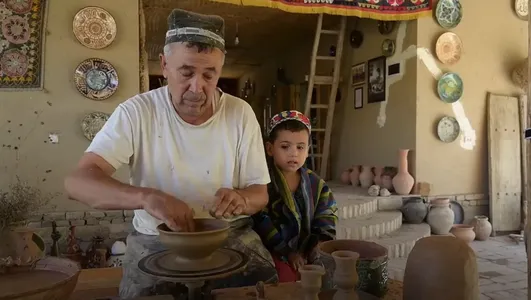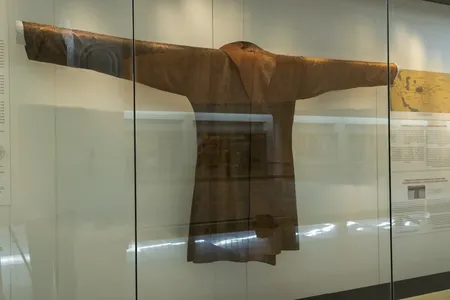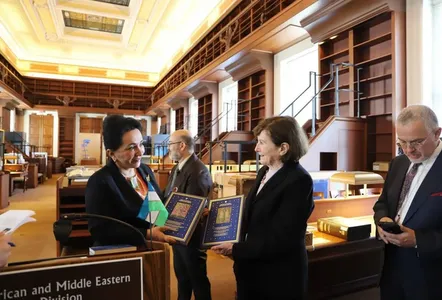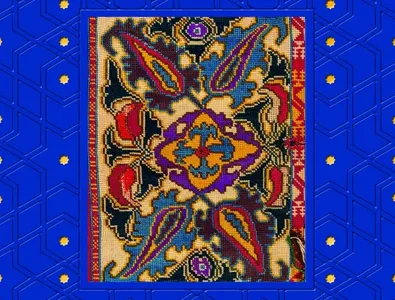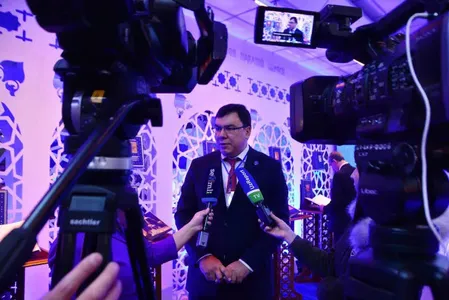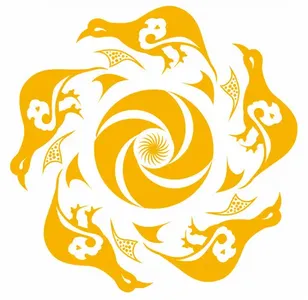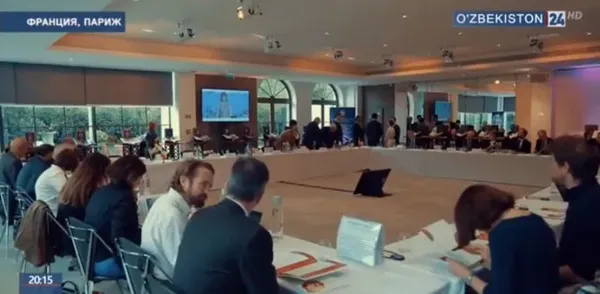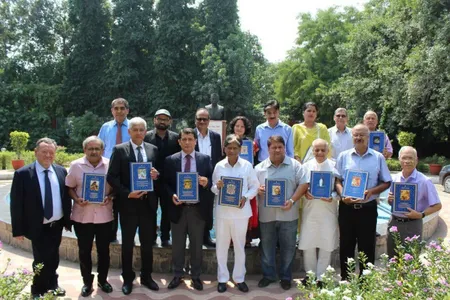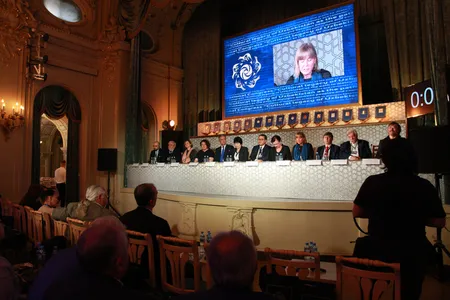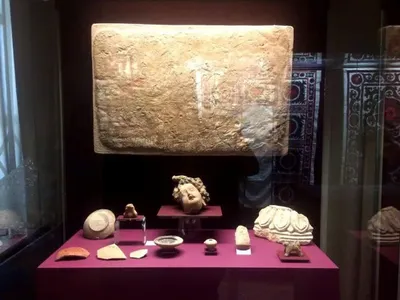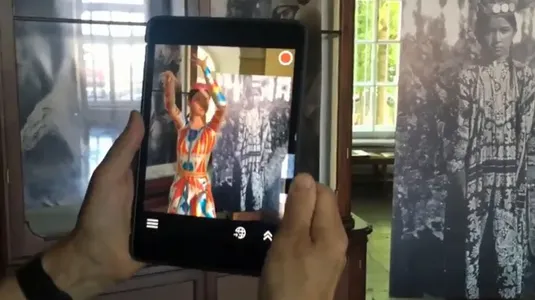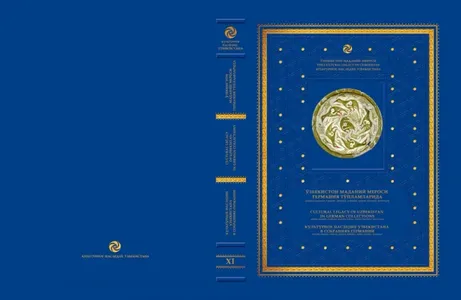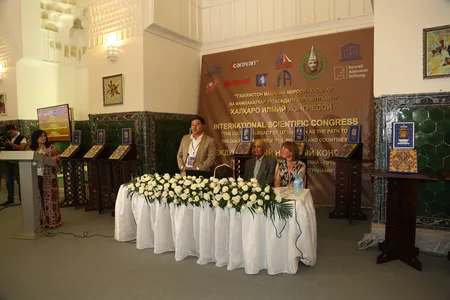Scholars date the origin of the Arabic script Taliq back to the 13th century. It was first used by scribes in the office of state and religious administrations.
Taliq means “suspended”, because of the rounded and seemingly hanging letters. According to another version, it is named in this way because it seems to be in a suspended state between the scripts Tauki and Rika.
Taliq requires special skills to read it. A rather complex script was also used as cursive writing, but often went beyond the prescribed shapes and sizes. In the remained texts, it is possible to see that the letters overlap each other, merge, and dots and diacritics are not placed in the right places. This script was not the result of haste and had a very practical purpose - to prevent erasure and changes in official documents.
In Taliq, the ends of the lines are curved and rise up, and the letters end in long curls. There are several rare examples of the use of Taliq to create calligraphic inscriptions. They are found in manuscripts and albums with calligraphy samples and miniatures. In the case when Taliq was used to write a book and the lines remained straight.
Today, calligraphers use Taliq to create panels and inscriptions, especially large ones.
You can read more about scripts, their history and differences in the book from the Cultural Legacy of Uzbekistan series, Volume 25, Miniature and Calligraphy.
The general sponsor of the Cultural Legacy of Uzbekistan in the World Collections is the Eriell Group oilfield services company.

